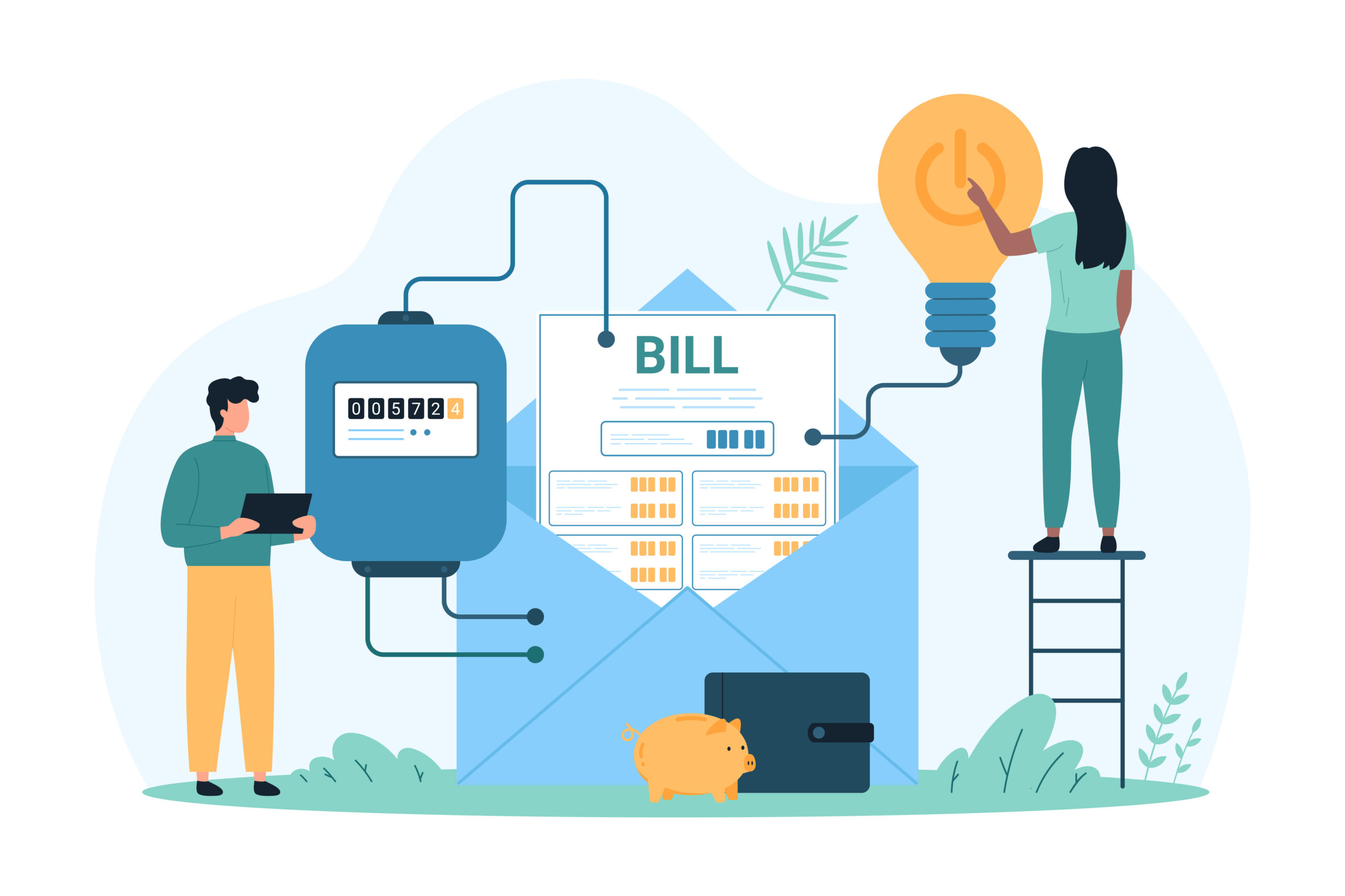Demand flexibility is more than a peak-shaving strategy, but is an existential necessity to meet the evolving needs of a grid challenged equally by consumer adoption of distributed energy resources (DERs), electrification efforts, and the effects of climate change. As the energy landscape continues to evolve, embracing demand flexibility can lead to cost savings, enhanced grid stability, and a more sustainable energy future. By empowering consumers with the tools and incentives to actively participate in energy management programs, the impact will continue to grow in measurable ways.
What is Demand Flexibility and Why Does It Matter?
Demand flexibility refers to any load-shifting action that conserves energy by reshaping the load curve. For utilities, that means utilizing technology for control and management, usually in response to changing prices or conditions. Traditionally, the energy industry has been built around a one-way model, with utilities generating and distributing power to passive consumers. However, the growth of renewable energy, volatile energy markets, and grid limitations necessitates a more dynamic and participatory approach.
With demand flexibility, utilities can actively manage consumer energy consumption by shifting usage to periods of lower demand, reducing energy use during peak hours, or even temporarily curbing non-essential activities during peak hours of demand. This real-time adjustment capability allows for the optimization of electricity costs while supporting the overall stability of the grid.
How Does Demand Flexibility Work?
The advancement of distributed energy resource (DER) technologies has been instrumental in unlocking the full potential of demand flexibility. Through the use of distributed energy resource management systems (DERMS), DER technologies like smart meters, behind-the-meter devices, and home automation systems enable real-time monitoring of energy consumption and facilitate seamless communication between consumers and the grid. Utilities can now collect granular data on energy usage patterns, enabling more accurate load forecasting and better energy distribution management.
Moreover, demand response programs are gaining popularity, providing financial incentives for consumers to reduce their electricity usage during peak hours. These programs foster a symbiotic relationship between consumers, utilities, and the grid, creating a win-win situation for all stakeholders.
What Does Success Look Like?
Successful demand flexibility involves adjusting electricity consumption in response to changing grid conditions, price signals, or other external factors without compromising operational needs and maintaining end-use services’ quality and value. There are several ways proper execution manifests, including:
- Grid stability: By balancing supply and demand in real-time, demand flexibility reduces the risk of grid overloads and blackouts. This enhances the overall resilience of the energy infrastructure, even during extreme weather events or unexpected system failures.
- Integration of renewables: The intermittency of renewable energy sources, such as solar and wind, presents challenges and opportunities for grid operators. Demand flexibility allows for better integration of these renewables by aligning consumption with periods of high generation and compensating for low production.
- Cost savings: Consumers can take advantage of dynamic pricing models to reduce their electricity bills by consuming energy during off-peak hours when prices are lower. Demand response programs also offer financial incentives to encourage participation.
- Meet decarbonization goals: By optimizing energy usage and relying more on clean energy sources, demand flexibility contributes to lowering greenhouse gas emissions, making it a valuable tool in the fight against climate change.
- Empowering consumers: Demand flexibility allows consumers to participate actively in the energy transition. It promotes energy awareness, fosters responsible energy behavior, and instills a sense of environmental responsibility.
How to Measure Success and Build Upon Results
Measuring the success of a demand flexibility program is crucial to understanding its impact and effectiveness in optimizing energy consumption and reducing costs. To evaluate the success of such a program, consider the following key performance indicators (KPIs):
- Peak demand reduction: Calculate the percentage decrease in peak electricity demand during high-demand periods compared to historical data. A successful program should flatten or reduce peak demand, resulting in cost savings and grid stability.
- Load shifting: Measure the extent to which the program enables load shifting from peak to off-peak hours. This ensures that energy-intensive activities are scheduled when electricity prices are lower and demand on the grid is reduced.
- Energy cost savings: Analyze the overall energy cost savings achieved through the demand flexibility program. Calculate the difference in electricity expenses between the pre-implementation and program periods.
- Demand response events: Keep track of the number of demand response events triggered and the total energy curtailed or shifted during these events. This indicates the program’s responsiveness to grid signals and ability to contribute to grid stability.
- Customer satisfaction: Gather feedback from participants in the program to assess their satisfaction levels. Conduct surveys or interviews to understand their experiences, challenges, and suggestions for improvement.
- Environmental impact: Measure the reduction in greenhouse gas emissions from load shifting and peak demand reduction. This data highlights the program’s positive environmental impact.
- Program participation: Evaluate the number of participants in the program over time. Increasing participation indicates a successful program that appeals to a broader audience.
- Return on investment (ROI): Calculate the ROI of the demand flexibility program by comparing the cost of development (which includes API costs), and implementation, including technology and operational expenses, to the savings achieved. A positive ROI not only indicates a successful and financially viable program but suggests that your program is scalable.
- Grid reliability: Assess the program’s impact on grid stability and reliability. A well-executed demand flexibility program should support the grid during critical events and reduce the likelihood of blackouts.
- Energy consumption patterns: Analyze the changes in energy consumption patterns for different customer segments. Identify patterns and trends to optimize the program further and tailor it to specific customer needs.
- Flexibility capacity: Measure the program’s ability to provide the necessary flexibility to accommodate intermittent renewable energy sources or other grid constraints.
- Grid integration: Evaluate how well the program integrates with other demand-side management strategies and grid modernization efforts.
Continuous monitoring and evaluation of these KPIs are essential to ensure the program’s success and identify areas for improvement. Regularly updating and adjusting the program based on the findings, utilizing forecasting to enhance its effectiveness, and involving customer communication to drive participation will help take your demand flexibility initiatives to the next level.






